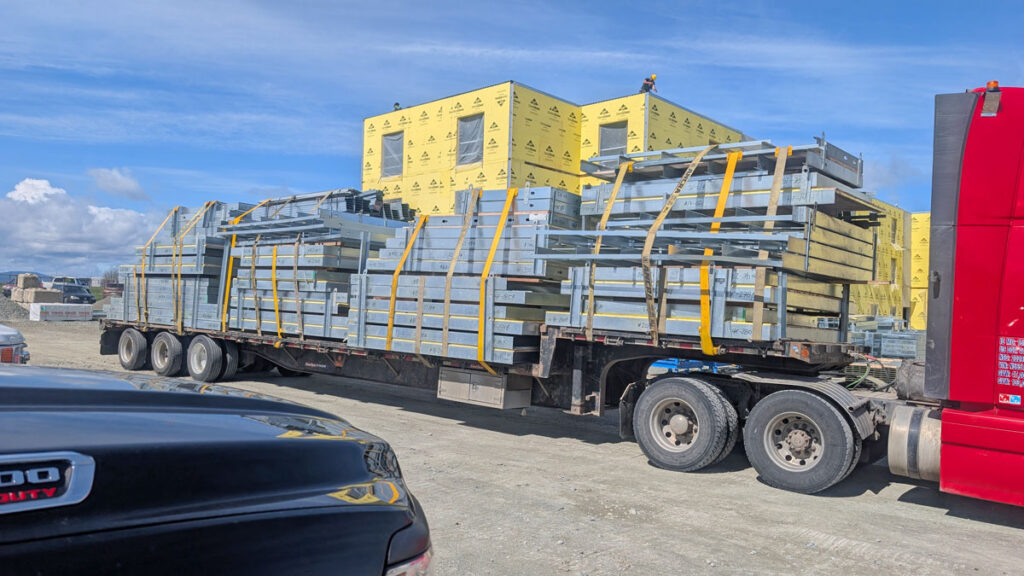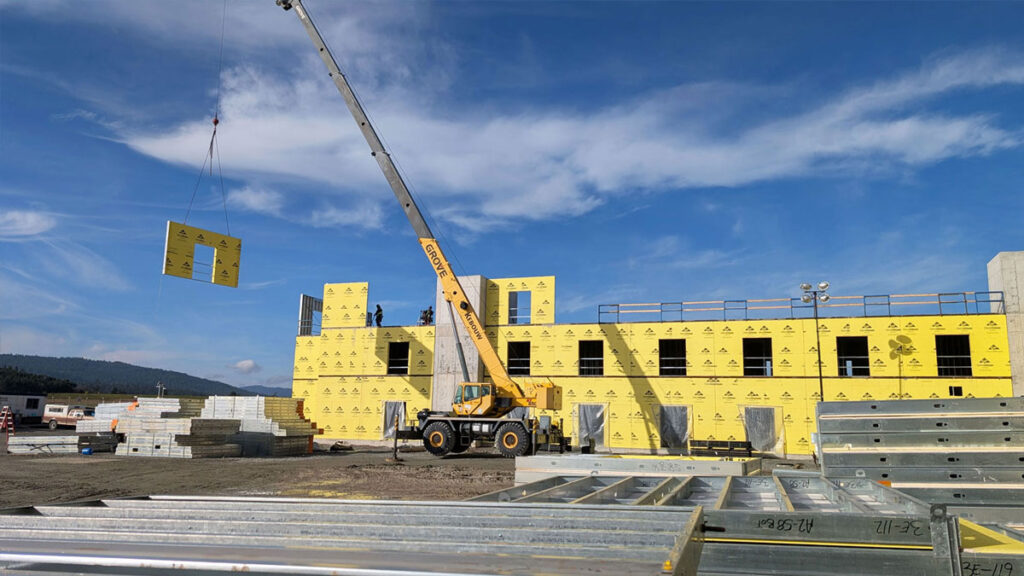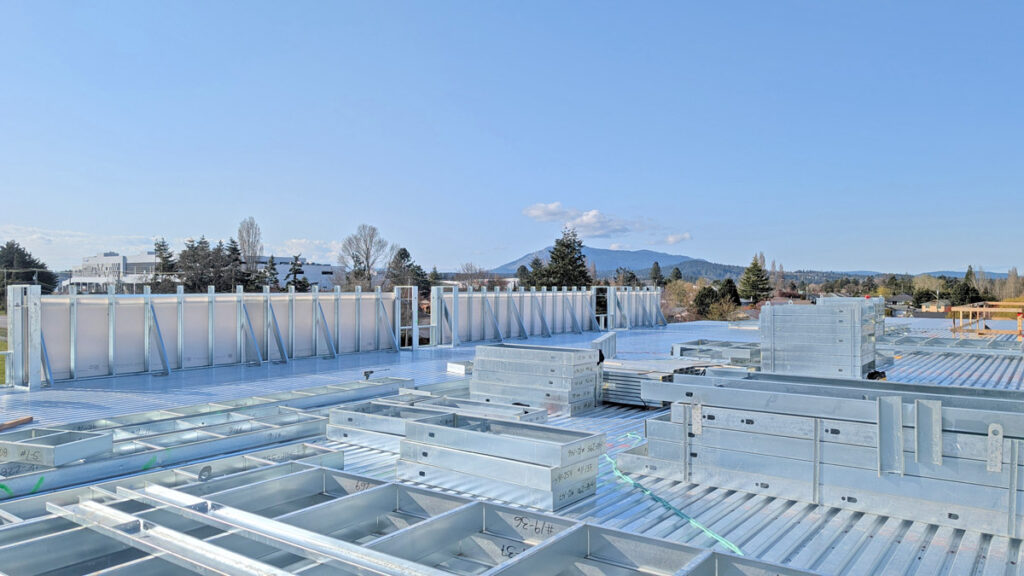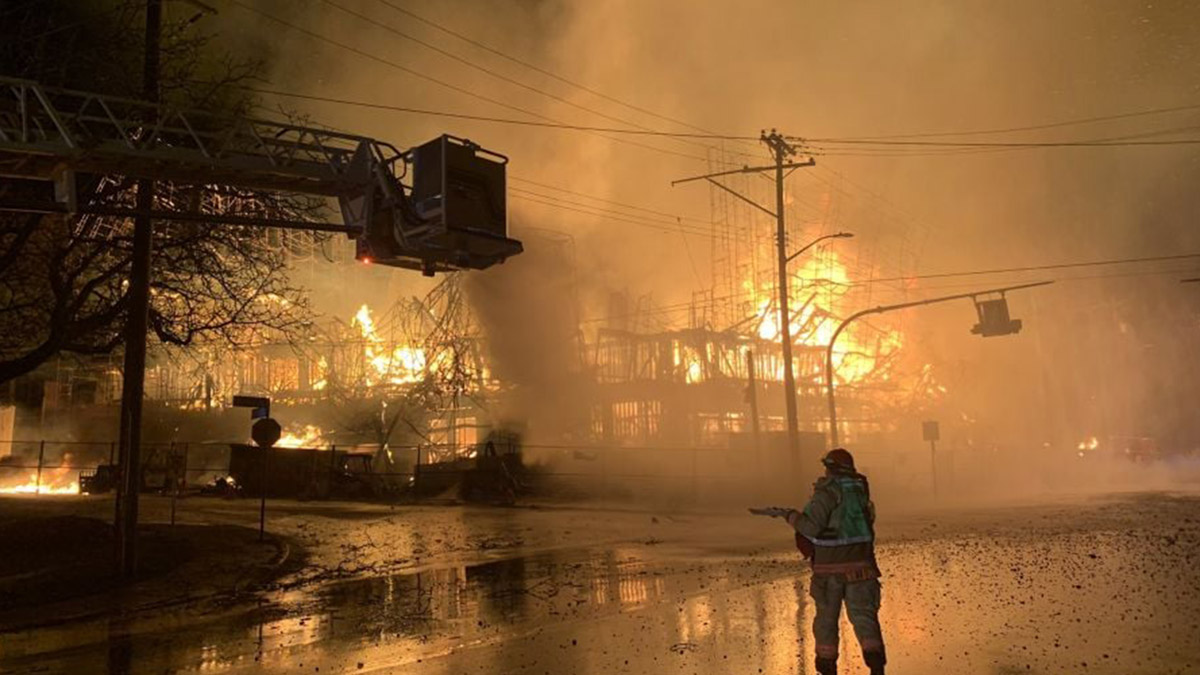Last weekend, Langley City witnessed a devastating fire that destroyed a six-storey apartment building still under construction. Thankfully, no injuries were reported. But the incident is far from isolated — construction fires have been on the rise across North America, and they are sending a clear message to our industry.
Wood-Frame Construction: A High-Risk Reality
Wood, while widely used for its cost and availability, is inherently combustible. During the construction phase, before fire suppression systems are installed, wood-frame buildings are particularly vulnerable. A single spark can escalate into a four-alarm blaze — displacing neighbors, delaying projects, and devastating communities.
The Hidden Cost: Insurance Premiums
These fires don’t just burn buildings — they drive up costs. Insurance providers are taking note of the increased risks, and premiums for wood-frame construction have surged in recent years. For developers and investors, this translates into higher overhead, tighter margins, and greater financial uncertainty.
In contrast, non-combustible steel construction is often viewed more favorably by insurers. Lower risk means lower premiums, helping projects remain financially viable over the long term.
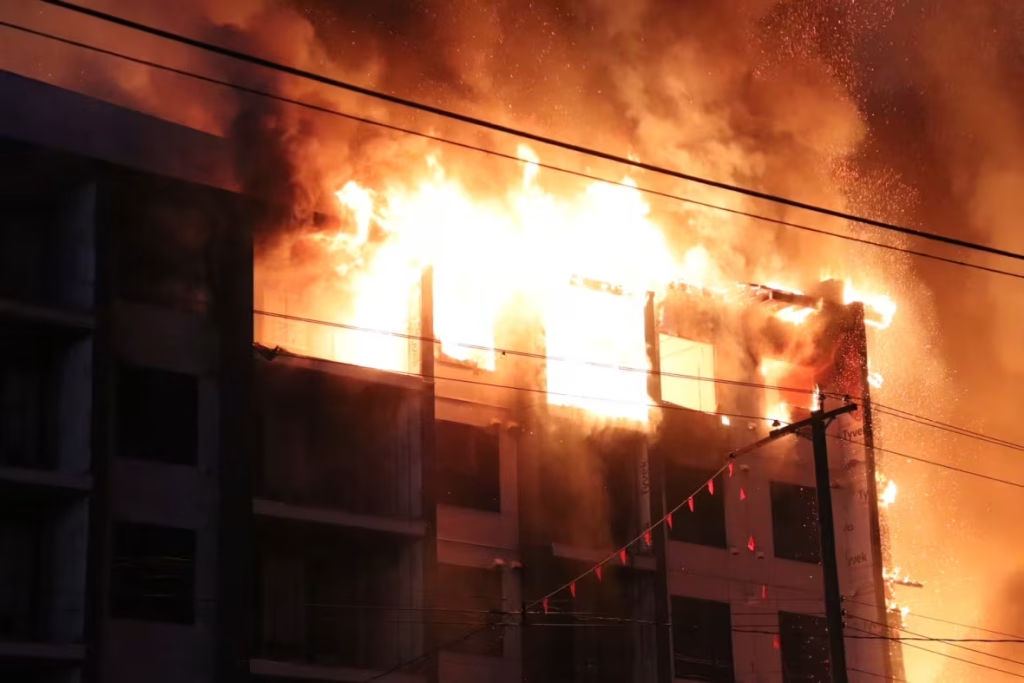
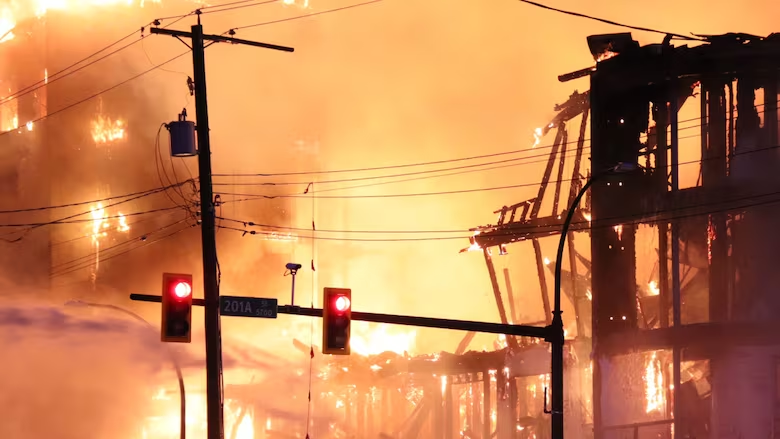
The news report by CBC.
A Smarter Solution: Non-Combustible Steel Stud Systems
At LBS, we provide a safer alternative: our non-combustible steel stud system. Steel offers:
- Inherent fire resistance, reducing construction-phase vulnerabilities
- Greater durability and long-term performance
- Sustainability and recyclability, aligning with modern ESG goals
- Lower insurance risk profiles, helping stabilize financial planning
Building Safer, Smarter, and Stronger Communities
Every project is more than just a building — it’s an investment in safety, sustainability, and trust. By choosing steel over wood, developers can safeguard their communities, protect their budgets, and build structures that stand the test of time.
At LBS, we are committed to shaping a safer, stronger future through non-combustible steel construction. Let’s continue the conversation: How can we, as an industry, reduce risks and reimagine urban development together?
